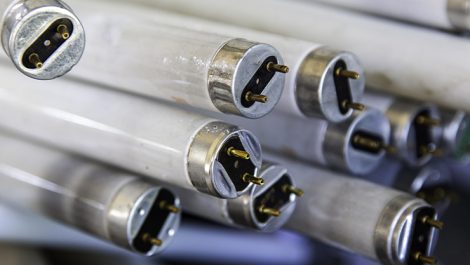Sad to say the paper industry is still one of the world’s top polluters, alongside steel and energy producers. According to the European Union’s (EU) Science hub the sector is still Europe’s fourth largest polluter and yet it could be doing far more to reduce its emissions. Paper is based on a renewable resource so it is readily recyclable, but as the conversation shifts away from that argument, printed paper is under further threat. Sustainable or not won’t matter, if the pulp and paper sector fails to rouse itself. Regulation beckons if pollution related to pulp and paper production fails to fall.
In any business the first step towards reducing emissions is to adopt best practises and to invest in new technologies to reduce energy demands and improve productivity. Most paper mills still depend on coal, oil and gas so a switch to renewable energy and bio fuels would be a healthy start. Coal is being phased out in Europe making it more expensive; the transition to renewables and biofuels will get more painful the longer it is left. Pulp and paper producers could also recover more heat from pulping and paper production processes but this too takes investment.
Investment into new processing technologies and improved supply chain management would make further differences. This includes new ways of managing recycling processes, from collecting raw materials to processing them into new paper based products, including deinking methods. Local cooperations for recycling innovations could help here, but so far have been unforthcoming.
Work needs to get underway quickly because the alternative will be policies that might not be in the interests of the paper business. For instance as part of its efforts to cut emissions by 40+% by 2030, the EU is reforming its Emissions Trading System (ETS). This system caps how much carbon dioxide over 11,000 sites of heavy industry, including pulp and paper, can emit.
Beyond the EU actions on commitments to reduce emissions and reduce the rate of climate change are less robust. However such commitments will eventually inform government policies, and force changes in industrial practises. In the pulp and paper sector this may well be the only way we will see more open attitudes to new technologies and the disruption that inevitably comes with them. Climate change related policy decisions will drive up paper prices in the short term and in the long term paper’s sustainability may not be a strong enough argument to keep media buyers on board. Lack of visible commitment from pulp and paper producers may drive them to further embrace digital options rather than printed matter.
– Laurel Brunner
This article was produced by the Verdigris Project, an industry initiative intended to raise awareness of print’s positive environmental impact. This weekly commentary helps printing companies keep up to date with environmental standards, and how environmentally friendly business management can help improve their bottom lines. Verdigris is supported by the following companies: Agfa Graphics, EFI, Fespa, HP, Kodak, Kornit, Ricoh, Spindrift, Splash PR, Unity Publishing and Xeikon.





